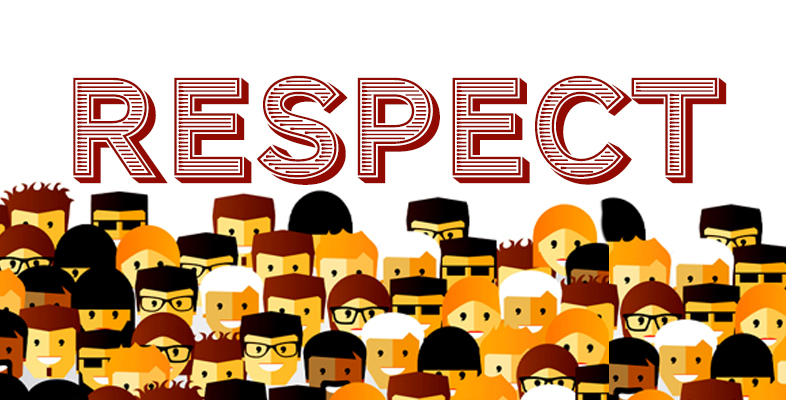5.1 Data as a source of evidence
To be in a position to evaluate data assumes a researcher has thought about what counts as possible data sources. Research involving humans often involves thinking widely about sources of evidence about their attitudes, opinions, values, feelings and behaviours as relevant to their research topics (questions or hypotheses).
Activity 9 Is it data?
Which of the following might count as valid data that could be ethically collected in a research project? Add a ‘X’ to the relevant boxes and then click the ‘Reveal discussion’ tab.
| 1 | A handwritten love letter | |
| 2 | A screenshot of a WhatsApp conversation | |
| 3 | An interview transcript | |
| 4 | Examination scores for a class of children | |
| 5 | A clay model made by a vulnerable young person in a therapeutic session | |
| 6 | Numerical responses to a survey | |
| 7 | An anonymised child’s drawing | |
| 8 | A youth worker’s audio reflection of their day at work | |
| 9 | Performance management data on an employee | |
| 10 | Frequency records of how many times an activity was carried out per day |
Discussion
Now look again at the list and think about your assumptions. This activity was designed to challenge you. All of these possibilities could count as data depending on the context and research topic.
If you selected 3, 4, 6 and 10 then perhaps your view of data prioritises quantitative (numerical) data as more valid than qualitative (text, audio, visual) data.
If you selected types such as 3, 6, 7, 10, you might have been thinking about which were more straightforward, less personal, for a researcher to access. Data sources 3, 6, 7 and 10 are likely to be primary, rather than secondary, data sources, which are likely to have been generated for the purposes of the research rather than already existing.
For example, a love letter could be an important turning point in autobiographical, narrative or historical research. An artefact such as a clay model or a child’s drawing might come from a visual or participatory methodology to convey what can be expressed more appropriately than in words or numbers.
What we don’t know from the above list is whether the data has been collected and stored according to ethical (and legal) principles. If the WhatsApp conversation screenshot was shared without consent or if identifying features were included, then it might lead to embarrassment or even harmful repercussions when shared in a different arena. If the performance management data was collected, this would need consent from both the leader holding the data and the employee to whom it relates and would need to be kept securely and confidentially.
